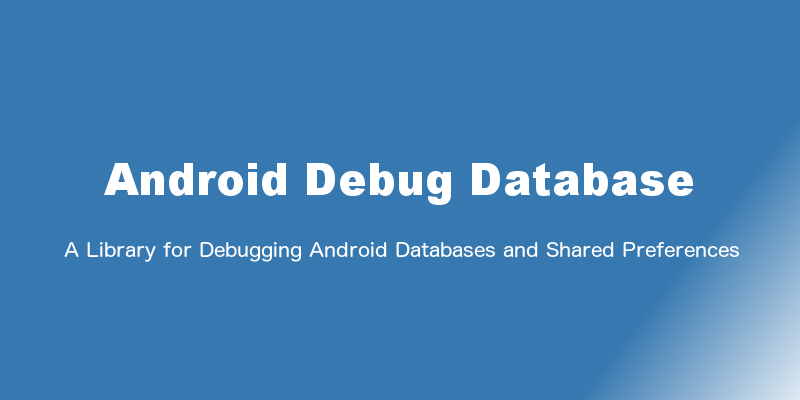Kotlin: Do more with less code

Java is the most widely used language for Android development, but that doesn’t mean it is always the best choice.The biggest problem with Java is that it is old , verbose , not a “ modern language ” and don’t forget the infamous NullPointerException . Java 8 , bringing some modern flavors to the language but Android certainly doesn’t use all the features of Java 8 and we are still stuck in the old Java 7 and 6.That's where Kotlin comes in: This relatively new open source language, based on the Java Virtual Machine (JVM), is gaining traction with Android software engineers. What is Kotlin? Kotlin is a statically-typed programming language(sometimes referred to as Swift for Android) that runs on the JVM, developed by the JetBrains team , and is now in its 1.1 version. What makes it useful in Android development is that it compiles to JVM bytecode. It is fully compatible with Java, and Kotlin code can be simply converted to Java code and vice versa (there is a plugin


